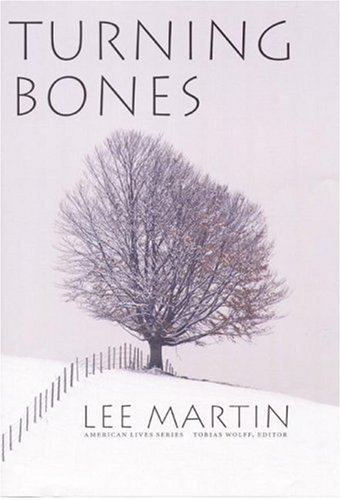Turning Bones
The title refers to a ritual in which celebrants exhume and dance with the bones of their ancestors, a Day of the Dead celebration. Many of us possess family trees, but the names and the dates—the bones—are all we have. Mr. Martin has thoroughly fleshed his ancestral bones, imagining the humble, illiterate farmers who migrated in the early 1700s from the Rhineland to England, Ireland, and on to Lancaster County, Pennsylvania. The story follows marriages and continuing migrations, into Kentucky and then across the Ohio River, surviving times of cholera, bad harvests and even a prison camp stint, served by an ancestral soldier who fought in the Civil War. During the 19th century, the author’s wandering family came to rest upon 80 acres in Illinois. The past is the warp; Mr. Martin’s life struggle, as the emotionally disconnected inheritor of his father’s land, the woof. His melancholy portrayal of the demise of the long revered institution of America’s family farm is no small part of the story.










